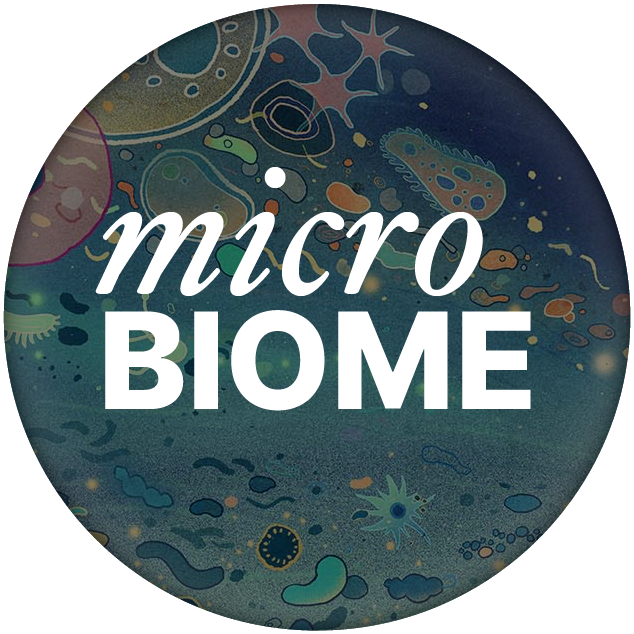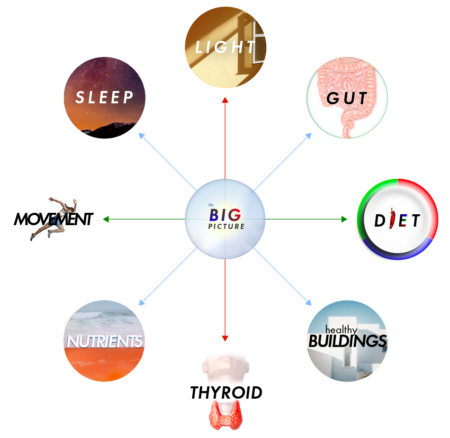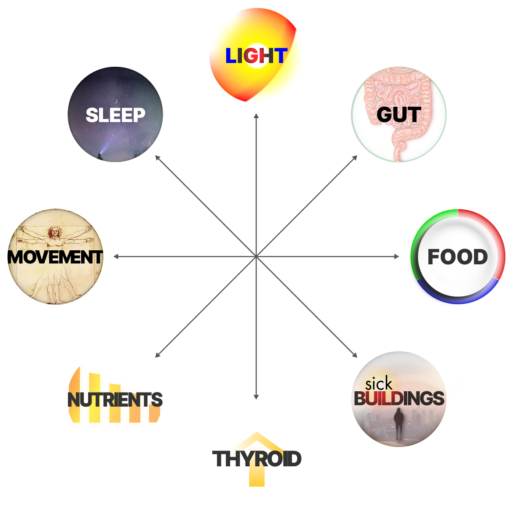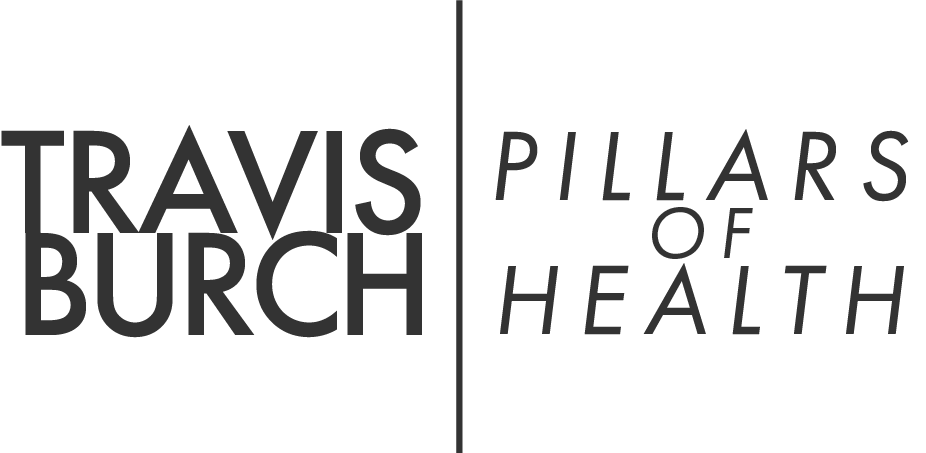To reverse illness, see what is happening.
We are losing our health as a species. In fact, a broad-spectrum of symptoms are trending upward in frequency:
Not only are they more common, these symptoms are happening at younger and younger ages.
These markers of aging are arriving earlier than expected for a substantial portion of the population.
“Over half (54 percent) of millennial respondents reported having been diagnosed with at least one chronic illness.
https://www.bcbs.com/the-health-of-america/reports/the-health-of-millennials
Unfortunately, chronic illness often leads to poor financial prospects for people of any age, especially current young populations.
Let’s understand the big picture of illness — both what’s happening, and how to reverse it.
The Four Stressors of Illness
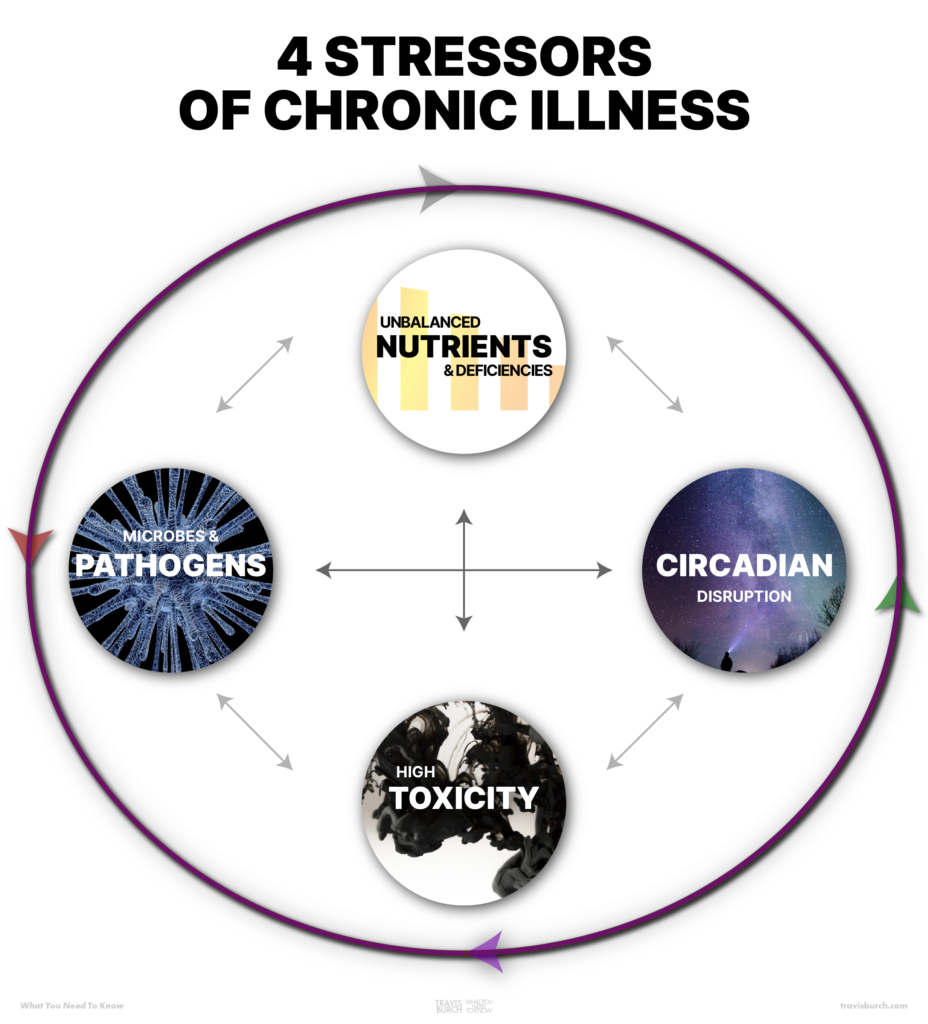
Stress is the scientific name for any phenomenon that harms the body.
Small, acute stresses are normal and part of healthy living:
In the proper context, acute stressors can even provide some benefit to the body — these are known as “hormetic” benefits — which are certainly real. No child grows as a person, or into an adult, without acute stress.
Stress, however, is only truly manageable by the body when in fact acute: A challenge arises, and the body meets the challenge — then we rest and recuperate.
But when stressors become continuous — or, chronic — the body has little defense.
Can we identify the primary continuous, chronic stressors of chronic illness? We can.
There are four primary “stressors of illness” — that appear to be primary contributors to the onset of disease.
The Four Stressors Of Chronic Illness
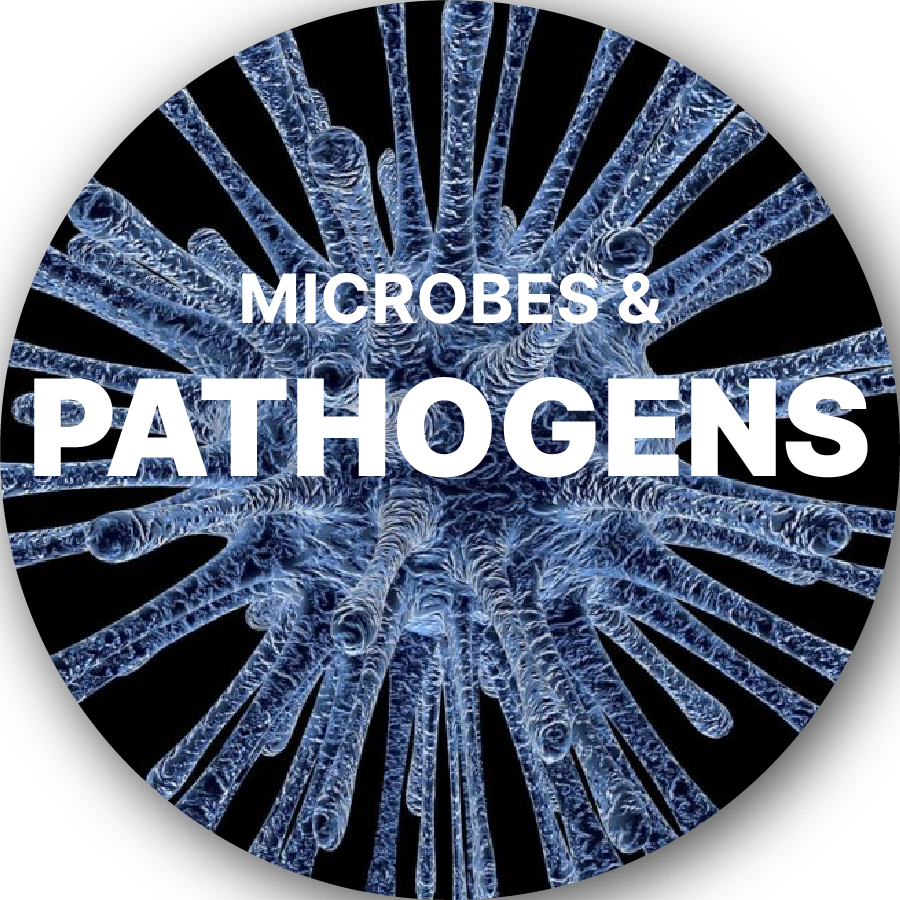
The world is full of countless pathogens, bombarding the body daily — from sick people and sick buildings.
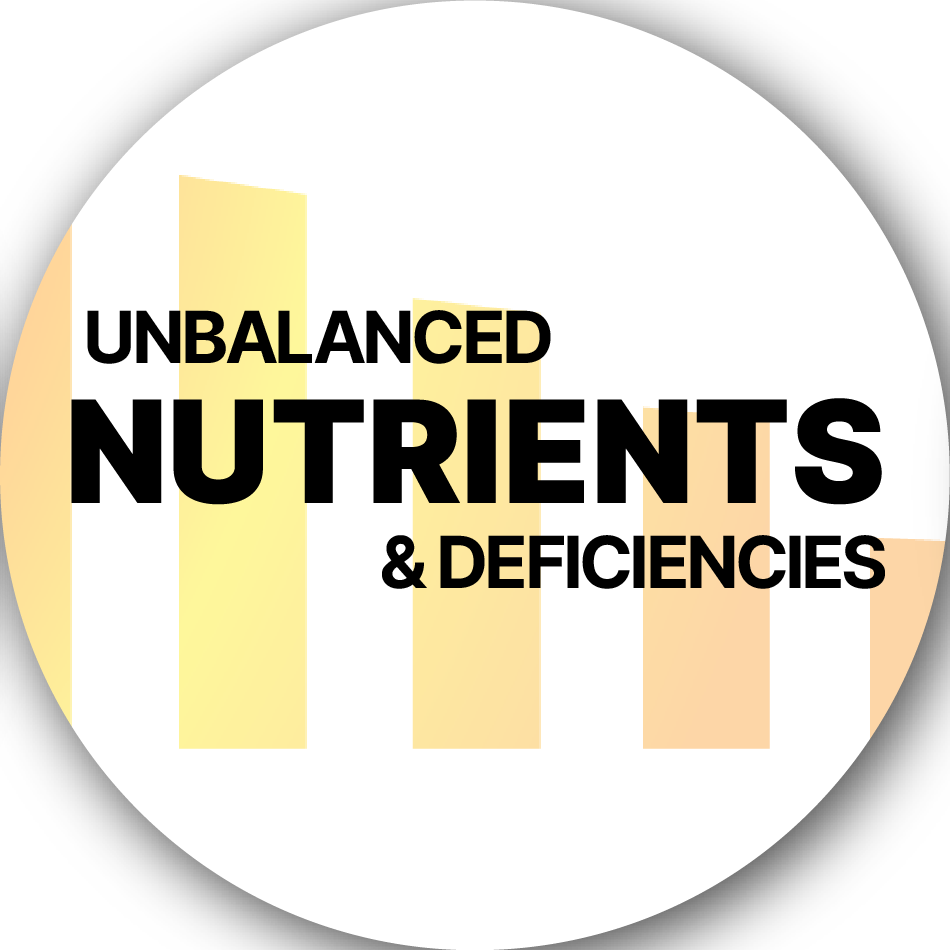
Nutrient deficiency is surprisingly common — and caused by poor diet, soil quality, pathogenic infections, inflammation, and poor gut health.
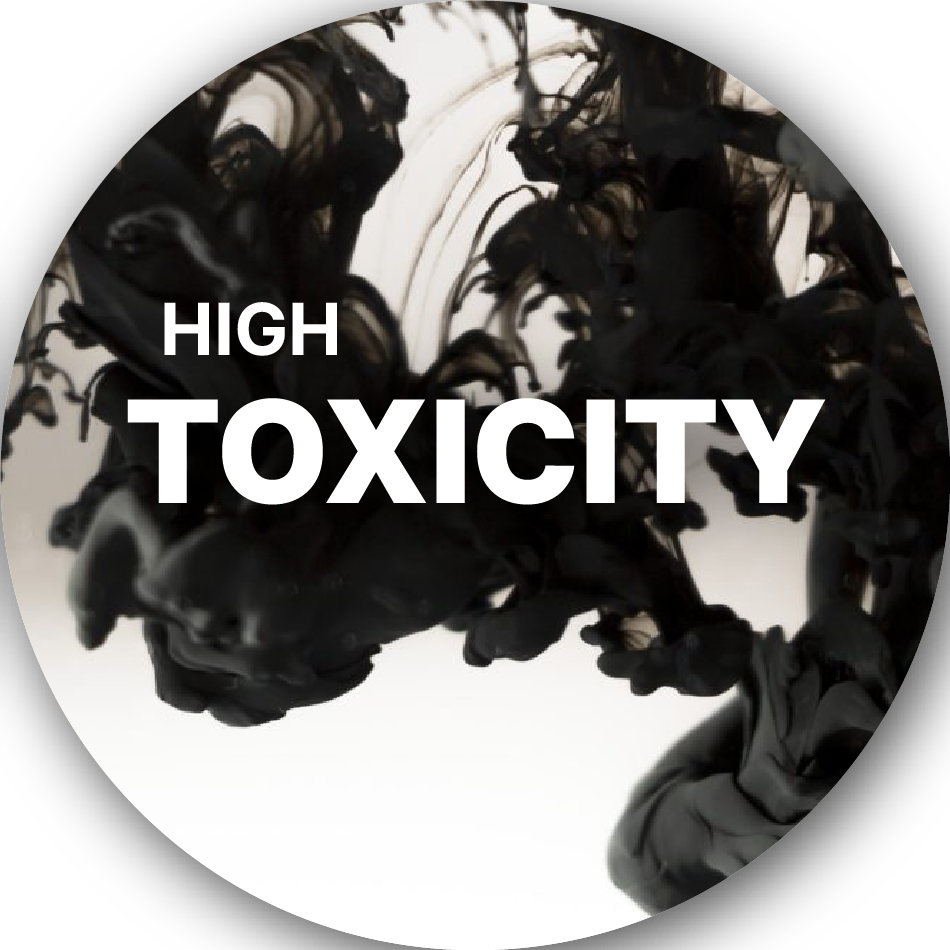
The modern world is especially toxic, yet toxins are also released by pathogens inside the gut, mouth, and elsewhere in the body (endotoxins).
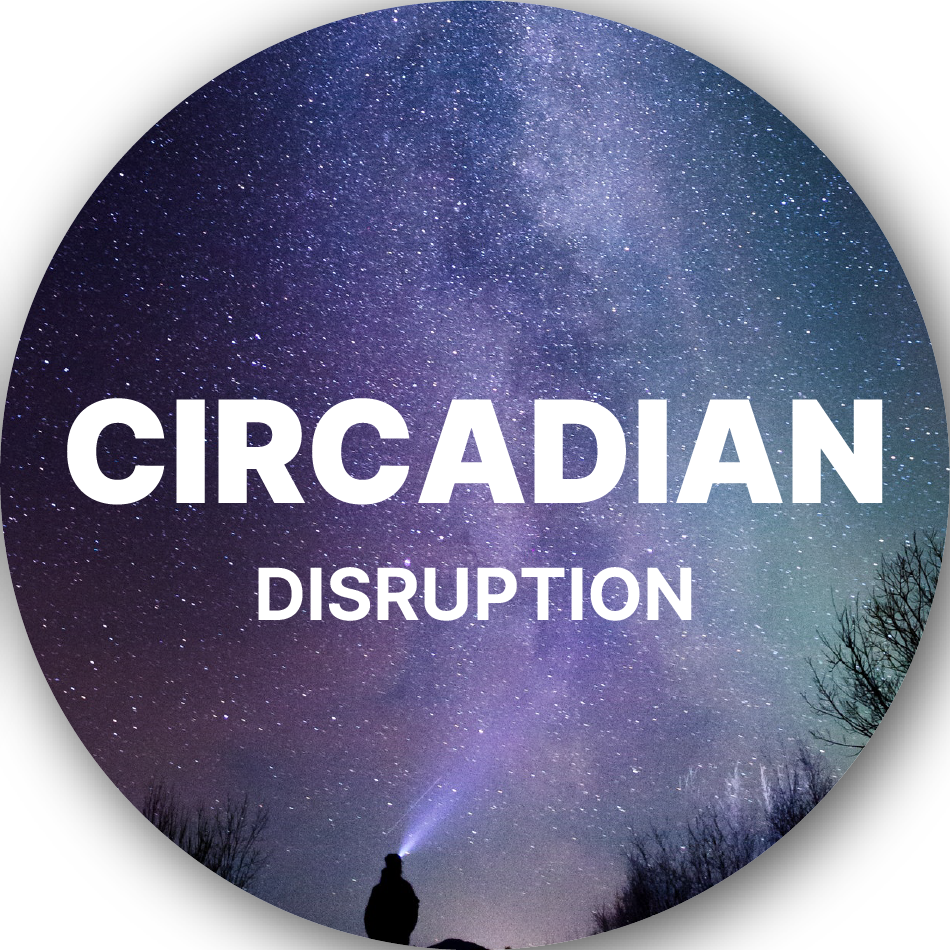
Every aspect of modern life has the potential to be disruptive to the circadian rhythm.
*Trauma & emotional stress are a valid 5th Stressor — amplifying any health challenge.
The four stressors of chronic illness are real — and they affect every human on the planet.
Pathogens bombard the body all day, every day.
Microbes exist in nearly-infinite numbers — just in your immediate environment, at all times.
A Healthy Body is Equipped to Defeat Pathogens
The skin is well-suited to repel most pathogens, but the mouth, ears, nose, and throat represent excellent opportunities for pathogens to enter the body.
When a pathogen gets inside the body, the immune system should quickly identify it and kill or deactivate it. Once deactivated, the pathogen may then disappear or, more likely, go dormant until a more opportune time appears.
The healthy human immune system even regulates the microbial life in microbiomes that are technically located outside the body (gut, mouth, ears, vagina, and nasal passages). As the immune system suffers, these “external” microbiomes become less well-regulated.
A strong immune system wards off invading pathogens, rendering their infectious capabilities, at best, an acute illness.
When the body weakens, the immune system becomes suppressed — and pathogens become much more active in the body.
Immunosuppression
When the immune system is compromised (as is common in chronic illness and aging), pathogens inside the body and in the microbiome become resilient — very much at home in the body.
When pathogenic load is high, the pathogens exert deep influence over your biological functions. In fact, they disrupt most biological functions, causing you to feel much worse than you would if healthy.
This can extend to nearly every area of the body, including the nervous system and mind.
In the immuno-suppressed and chronically ill, outward signs of infection are often absent, with — instead — elevated markers of inflammation and/or white blood cell counts.
Over time, the inward symptoms worsen and branch out: fatigue & thyroid disorders, insomnia, brain fog, poor digestion, and an elevated stress response to small stressors.
How do these low-grade chronic infections by these pathogens (mainly: bacteria, fungus, viruses) affect health?
- Pathogens cause nutrient deficiency
- Pathogens cause toxicity
- Pathogens cause inflammation
- Pathogens cause circadian disruption
It is through these means that pathogens harm major organs and affect day-to-day quality of life — especially in the chronic, low-grade infections of chronic illness.

What’s worse, these low-grade infections are frequently difficult to detect by medical tests and direct observation by a medical doctor.
However, inflammation will almost certainly be high and, again, signs of elevated immune activity can appear in labs, though they likely won’t raise alarms for most doctors — when perhaps they should.
When a chronic immune response has existed for long periods of time, immune markers may over time become low: The immune system is compromised and unable to properly respond to the pathogenic threat.
The Hidden Infections
Harmful pathogens typically “hide” in various microbiomes around the body — though the gut is the primary microbial home.
Pathogens can release hormones and toxins into the bloodstream, impacting every aspect of biology. They can also enter the bloodstream themselves when mucosal barriers weaken, causing an even stronger immune response/inflammation.
In the immune-compromised, infections are rarely of a single pathogen. Instead, multiple “co-infections” exist, with each pathogen affecting the body in different, yet fully negative ways.
Common pathogens in chronic illness:
- Candida
- Epstein-Barr Virus
- H. pylori
- C. diff
- Other fungal infections
- Other viral infections
- Protozoa (such as Cryptosporidium)
These pathogens are more easily fended off — or even tolerated — when the immune system is strong.
However, when the immune system and bodily energy are weak, these pathogens may find a welcome home in your body — and cause mayhem along the way.
Low-grade infections like these are often “co-infections” — or, many at a time, rather than one, single infection.
When the challenges are many, multiple tactics are required to address the scope of the problems.
Dental & Mouth Infections
The oral microbiome is just as complex and diverse as the gut.
When the oral microbiome goes wrong, conditions like thrush (a candida fungal overgrowth in the mouth), gum disease, cavities, and abscesses are likely.
Perhaps worse, these infections send a constant 24/7 drip of toxicity and pathogens into both the bloodstream and the digestive system — causing chronic system-wide inflammation and gut dysbiosis.
Questionable dental practices can lead to persistent, low-grade, hidden infections in and around teeth and dental work that can escape the notice of dentists.
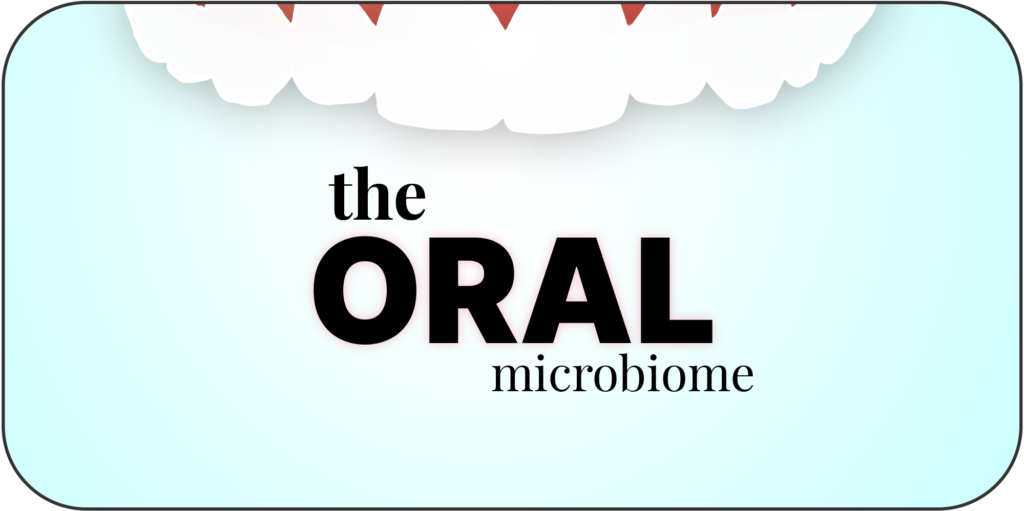
Unhealthy microbes in the mouth can chronically activate the immune response — leading to body-wide inflammation and even many systemic diseases:
https://www.sciencedirect.com/science/article/pii/S2213453018301642
Pathogenic Toxicity Can Cause Every Component Of Disease
Unhealthy microbes (in the mouth, gut, nose, or elsewhere) supply your body with a steady stream of endotoxins.
As a result, the body will spend biological resources to both detoxify the endotoxins and kill off the hosts. An immune response (inflammation, histamine) occurs — and never ends.
Nutrients will be used up rapidly to meet the demands of an overburdened liver and immune system.
The body will also ramp up inflammation round-the-clock, and this will cause digestion and general absorption of nutrients to plummet.
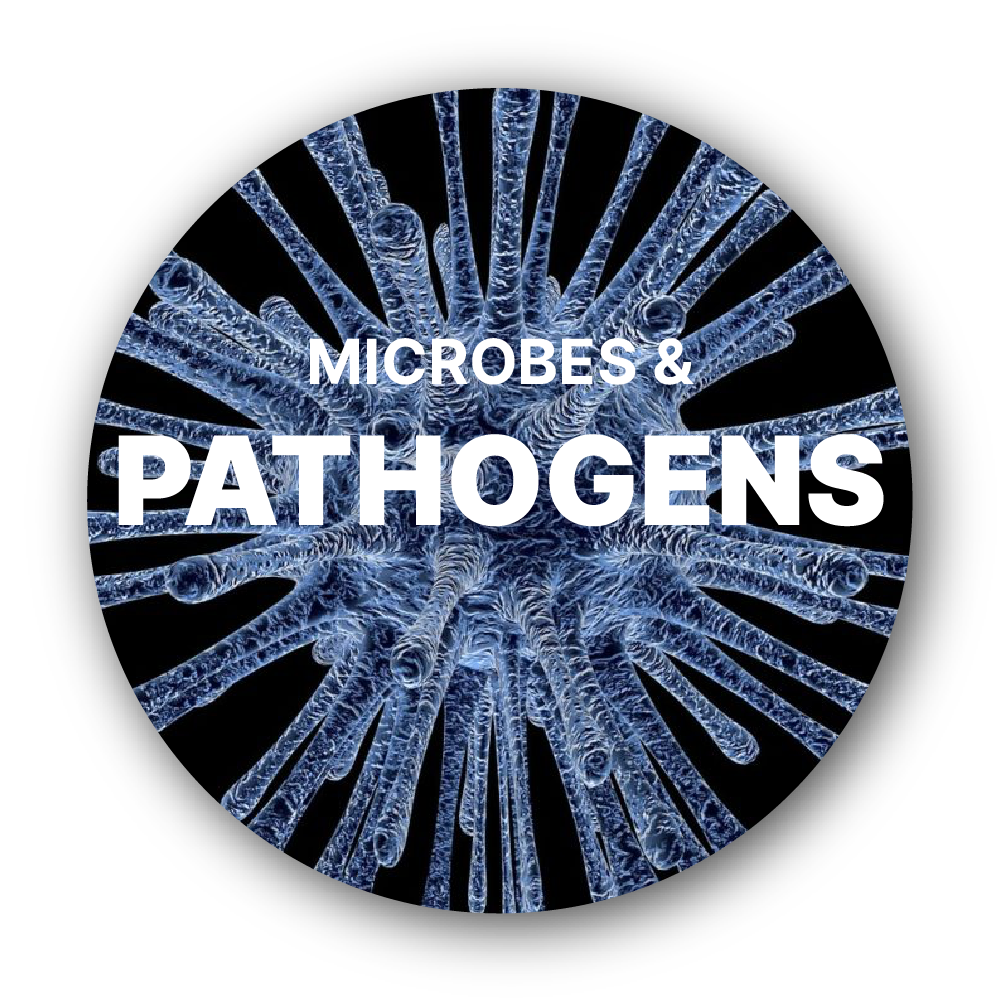
Hence, chronic, low-grade infections cause nutrient deficiency for two reasons:
- depletion of nutrients for detox
- strong interference with digestion and absorption of nutrients into cells
Nutrient deficiency and toxicity cause further inflammation, and all three will eventually affect sleep quality — as the immunocompromised body descends into chronic illness.
When pathogens, toxicity, nutrient deficiency, and poor sleep are all present, chronic illness has arrived.
A Common Issue

Nutrient deficiency is actually common — even in the first world.
However, in chronic illness, nutrient deficiencies become a major cause of further issues.
Even in a healthy person, chances of nutritional deficiency are somewhat high. Here’s how:
But when the stressors of illness are added to these scenarios, nutrient deficiency becomes a near-guarantee.
When gut health is compromised, nutrients simply won’t be absorbed properly.
How Does Nutrient Deficiency Cause Disease?
When nutrients are low, virtually every system in the body suffers:
- the metabolism drops (hypothyroidism)
- energy storage drops
- immunity drops
- digestion worsens
- sleep plummets
- inflammation rises
The body adapts to fuel and nutrient shortages by slowing the metabolism — to use nutrients less rapidly. This is also known as hypothyroidism.
This is the body’s response to famine or starvation — “starvation mode” — where the body slows down its metabolic (energetic) processes to avoid churning through limited reserves and supply.
When the metabolism is slowed (hypothyroidism) the body will not be able to cope with normal pathogenic exposure. The body’s defenses against daily pathogenic bombardment will be ineffective during nutrient scarcity.
In fact, the body will even sequester nutrients away from pathogens — to starve them out, in a process known as nutritional immunity.
Unfortunately this leaves your own body starving for nutrients, too.
In chronic illness, this “nutritional immunity” doesn’t lead to recovery, though, it means pathogens will survive longer in a weakened body.
Pathogens will always opportunistically find a place to call home, if available, and when the immune system is compromised, the body is a ready host.
Chronic nutrient deficiency will also undermine sleep, hormone production, and even mental performance and emotional regulation.
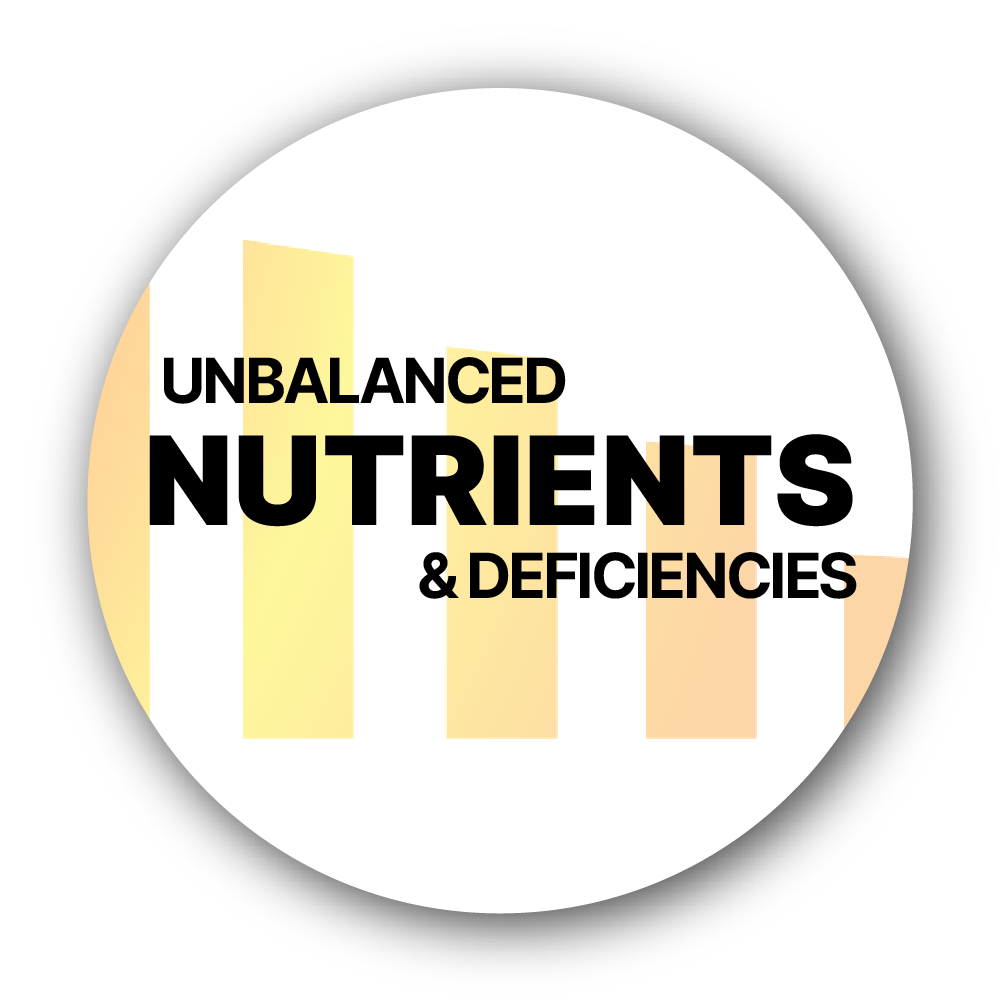
This confluence of factors can and will — over time — lead to a compounding situation where the body simply isn’t working correctly, pathogens multiply in the body, and medical tests still may not be able to find anything wrong — besides, perhaps, irregular WBC counts.
Toxins come from both inside and outside the body.
When originating outside the body, they are environmental toxins.
Environmental Toxins
These toxins include everyday varieties we often hear about:
- industrial chemicals in the air
- plastics in the air, on surfaces
- chemicals in fragrances
- flame retardants on new products
- formaldehyde in new products
- VOC’s in new homes
- mold in sick buildings
- heavy metals
Exposure to environmental chemicals is increasing globally… Toxicants are present at all stages of development, potentially accumulating to cause a lifetime of ill health.
https://academic.oup.com/jn/article/137/12/2794/4670095
The accumulative nature of toxicity in the body should be alarming.

In the US, there are tens of thousands of approved chemicals — most of which have never been tested, and many of which are illegal around the world.
The total burden that these chemicals place on our bodies has never been studied, either.
When these chemicals are studied in isolation, however, we find damning and alarming results: Common, legal chemicals are linked to every disease under the sun, including cancer, diabetes, hypothyroidism, obesity, cardiovascular disease, and more.
The confluence of all chemicals certainly represents a real challenge to those with chronic illness who may be struggling with detoxification, digestion, and energy metabolism already.
Endotoxin
Toxicity doesn’t only show up from the environment.
Perhaps the most important toxin to address is endotoxin from pathogens living in the gut (or mouth, nose, ears, and vagina) — the human microbiome.
In the gut, endotoxins are released when pathogens (bad microbes) when they ferment food.
This is tremendously disruptive to bodily function — food eaten should be a source of nourishment, but endotoxin laces our food with literal poison every single time we eat.

“The liver is the major source of the acute phase proteins, and it is constantly burdened by endotoxins absorbed from the bowel; disinfection of the bowel is known to accelerate recovery from stress.”
Ray Peat, PhD
Another quote from Peat, partially in reference to endotoxin:
“When estrogen overlaps with endotoxin (as it tends to do), multiple organ failure is the result.”
Ray Peat, PhD
Toxicity, in all forms, overburdens the organs.
The Gut & Toxicity
The gut has two main functions:
When the microbiome is compromised, it becomes home to abundant harmful pathogens.
These pathogens release toxins into the blood stream — especially when they digest food after a meal. These endotoxins deplete nutrient stores and prevent new nutrients from being absorbed.
If there’s any reason to improve gut health, it’s to reduce the toxic load on your body that pathogens create via endotoxin.
When toxicity falls and inflammation lowers, nutrition can then be properly absorbed — into the bloodstream and into cells.
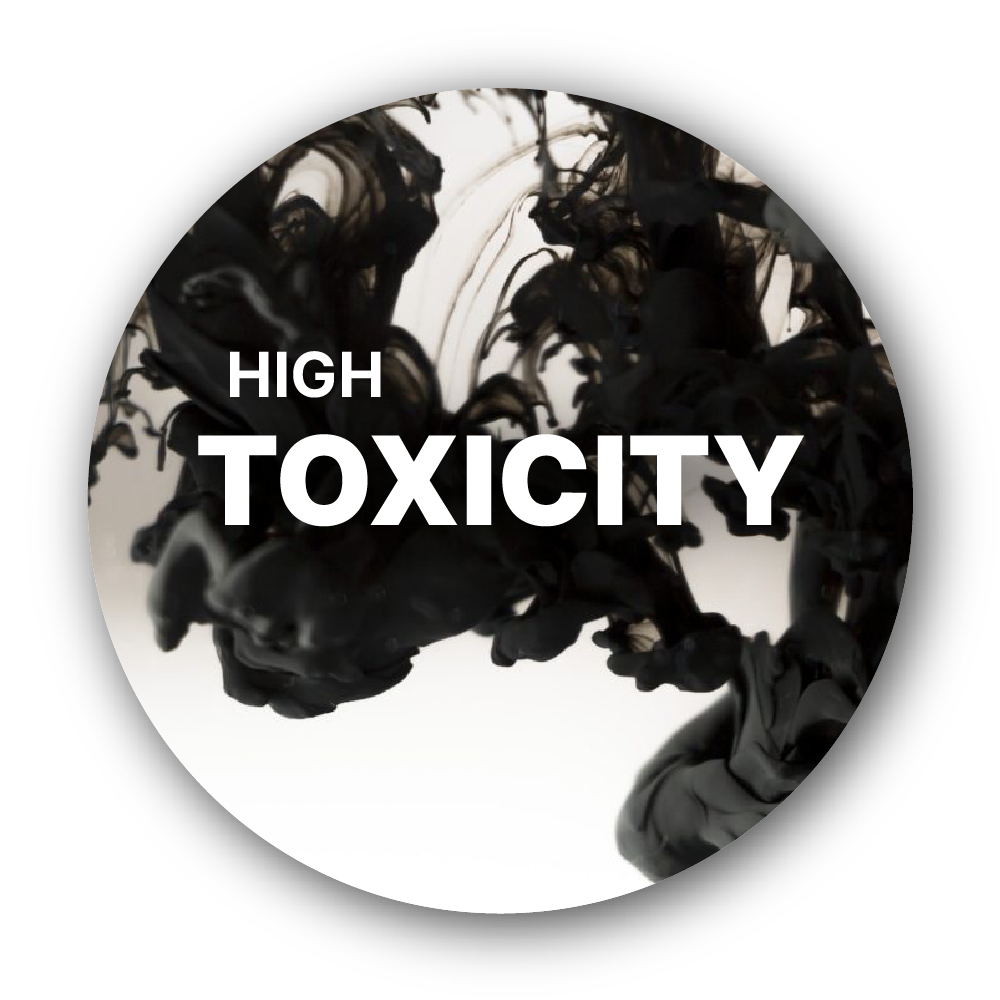
“Disruptions of circadian rhythms have been associated with many diseases, including metabolic disorders and cancer.“
https://www.ncbi.nlm.nih.gov/pmc/articles/PMC5684296/

Disruption of the circadian rhythm is a slow-moving disaster for health.
What’s worse, nearly every aspect of modern life works to undermine our circadian rhythm.
Further, an overemphasis on “hours of sleep per night” has distracted from what actually makes for an optimally restorative night’s sleep: When we sleep matters just as much as how many hours.

Syncing the Circadian Clocks
The body is full of circadian clock genes — each organ has clock genes, and they are tied to the brain’s central clock: the SCN (suprachiasmatic nucleus).
One of the major keys to restoring health is to get all of these bodily clocks synced up so that each organ can perform its functions in concert — like a free-flowing highway instead of a traffic jam.
Studies have found nearly every single marker of health worsen due to poor sleep. Even temporary blips in sleep quality can have deep impacts on health markers.
It’s no surprise that most chronic illness sufferers struggle with their circadian rhythm.
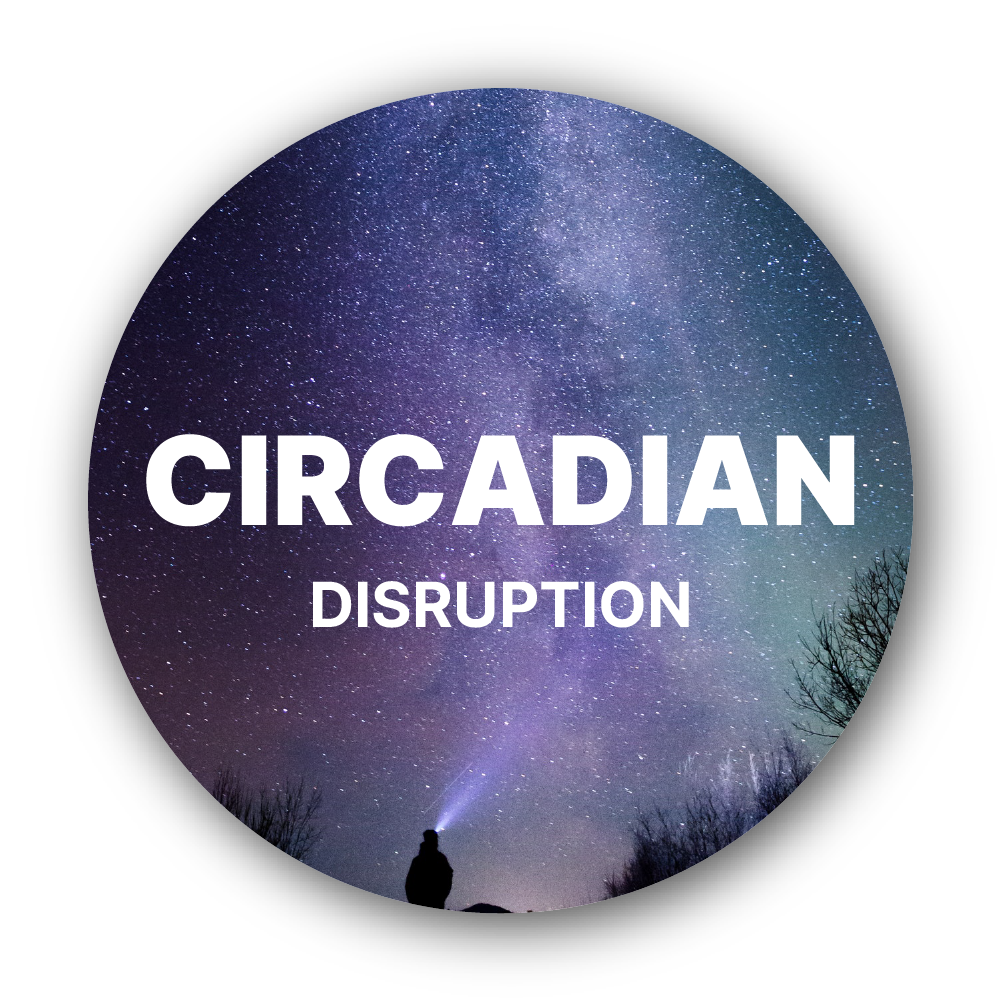
A poor circadian rhythm is no benign symptom — it’s a direct cause of illness and disease. Fixing it at all costs must be priority number one to improve health.
Any stressor, once it becomes chronic, will expand into the other stressors of illness.

This is why virtually all chronic illnesses are associated with similar symptoms: fatigue, digestive issues, nutritional depletion, infections, sleep disruption, and general toxicity in the body.
One problem expands into new problems — unless we stop it at the root.
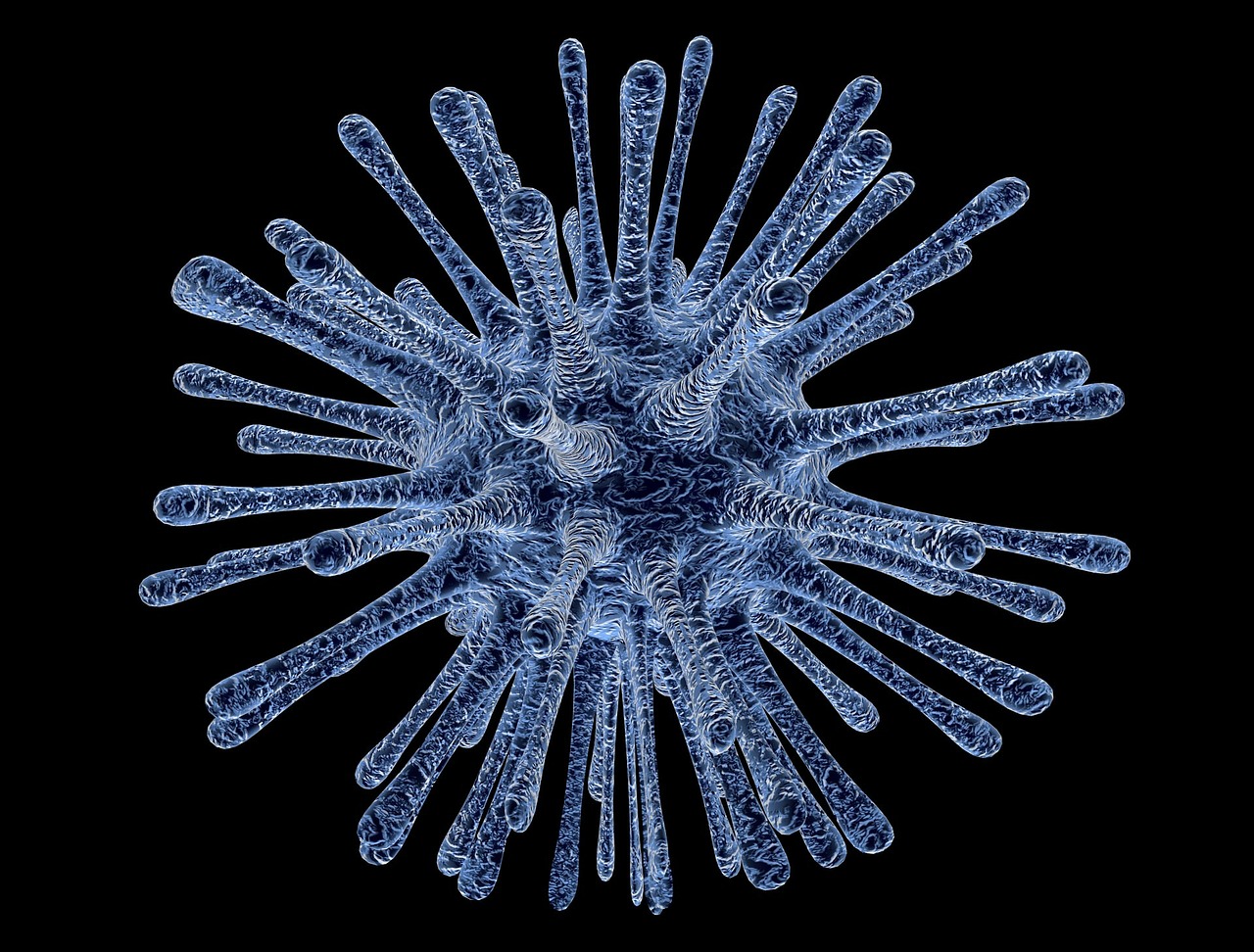
Pathogenic Infection
Will Cause…
Nutrient Deficiencies
“In the case of the relationship between malnutrition and infection, a large number of studies have illustrated a bidirectional interaction of malnutrition and infection.”
https://www.bmbtrj.org/article.asp?issn=2588-9834;year=2018;volume=2;issue=3;spage=168;epage=172;aulast=Farhadi
Toxicity
“Systemic bacterial infections can have an impact on many organ systems including the liver.”
https://www.ncbi.nlm.nih.gov/pmc/articles/PMC3660095/
Circadian Disruption
“Viruses are well recognized to reprogram host cellular metabolism, and this has the potential to feedback and regulate core clock components. Studies showing that viruses can interact with core [circadian] clock components provide a mechanism for viruses to exploit circadian variation.”
https://www.ncbi.nlm.nih.gov/pmc/articles/PMC5684296/

Nutrient Deficiency
Will Cause…
Pathogenic Infection
“Deficiencies in essential nutrients can lead to… poor immune function.”
https://www.ncbi.nlm.nih.gov/pmc/articles/PMC5691702/
Circadian Disruption
“Experimental studies indicate that micronutrients may impact important nerve-signalling chemicals or neurotransmitters of sleep regulation, including serotonin, N-methyl-D-aspartate (NDMA) glutamate and melatonin secretion.”
https://www.ncbi.nlm.nih.gov/pmc/articles/PMC5675071/
Toxicity
“Malnourished individuals… may be more vulnerable to adverse health effects of chemical exposures.”
https://academic.oup.com/jn/article/137/12/2794/4670095

Toxicity
Will Cause…
Pathogenic Infection
“There is increasing awareness and concern within the scientific and public communities that chemical pollutants can suppress immune processes and thus cause increased development of neoplastic and infections diseases.”
https://www.ncbi.nlm.nih.gov/books/NBK235670/
Circadian Disruption
“Mycotoxins exert some rigorous effects on the circadian rhythmic processes resulting in sleep deprivation.”
https://www.ncbi.nlm.nih.gov/pubmed/14625399
Nutrient Deficiencies
Liver detoxification ramps up to remove excess toxins from the body — which uses extra nutrients.

Circadian Disruption
Will Cause…
Pathogenic Infection
“Sleep and the circadian system are strong regulators of immunological processes.”
https://www.ncbi.nlm.nih.gov/pmc/articles/PMC3256323/
Nutrient Deficiencies
“Optimal rather than high or low micronutrient levels are essential for healthy sleep.”
https://www.ncbi.nlm.nih.gov/pmc/articles/PMC5675071/
Toxicity
“Chronic sleep loss can cause certain neurotoxic molecules, which normally circulate in the blood, to be transported to the central nervous system and interfere with the function of neurons.”
https://www.sciencedaily.com/releases/2014/06/140610101316.htm
Inflammation is likely not the root cause of your health issues.
Instead, inflammation is a symptom of a stressor — one that’s become chronic and isn’t resolving.
However, when inflammation is chronically high, it exacerbates old problems and even creates new ones (like, harming the liver and kidneys, or worsening nutritional absorption).
What is inflammation, exactly? It’s a powerful response to a real problem in the body.
Chronic Inflammation Does Cause Damage
When real problems persist, inflammation persists — and this is when inflammation becomes harmful.
Inflammation interferes with most every biological process, so when it remains elevated, biological harm continues.
Therefore, even though inflammation is a symptom it does begin to cause other downstream problems over time.
Chronic elevation of inflammatory proteins can contribute to health problems including cardiovascular, endocrine, mood, and sleep disorders.”
https://www.ncbi.nlm.nih.gov/pubmed/17524614
If the body is regularly inflamed, there’s a cause — and that cause must be corrected. This is superior to an approach that merely “fights inflammation” without addressing the root cause.
Among other problems, chronic inflammation blunts the metabolism and the absorption of nutrients into cells — in the process harming every biological function in the body.
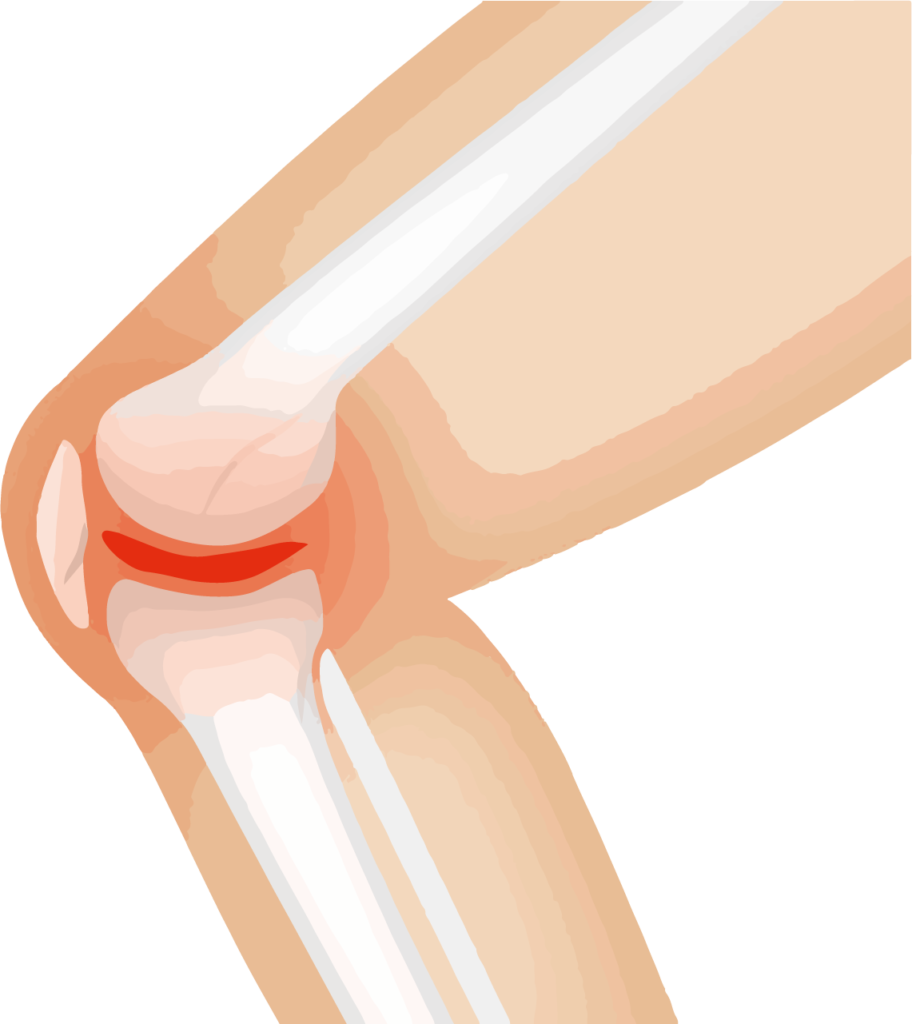
Inflammation is meant to be temporary.
It responds when tissue has been damaged — to clean away damaged tissues so healing can occur.
But what if inflammation is always high?
If there’s inflammation, there’s a cause.
“Inflammatory cytokines are released in response to stress, tissue damage, and infection.
https://www.ncbi.nlm.nih.gov/pubmed/17524614
Inflammation occurs in response to the four stressors of illness.
Inflammation, Energy Metabolism & Nutrition
Chronic inflammation interferes with glucose metabolism — depriving the body of needed energy.
Insulin cannot drive glucose and nutrients into cells when inflammation is high.
“Independent of the cause and location, inflammation – even when minimal – has clear effects on gastrointestinal morphology and function. These result in altered digestion, absorption and barrier function. There is evidence of reduced villus height and crypt depth, increased permeability, as well as altered sugar and peptide absorption in the small intestine after induction of inflammation in experimental models…”
“Even Low-Grade Inflammation Impacts On Small Intestinal Function”
https://www.ncbi.nlm.nih.gov/pmc/articles/PMC2835780/
Another quote from the same study:
“Inflammation may influence the intestinal absorptive area, epithelial cells, and barrier function via… activated immune cells.”
“Even Low-Grade Inflammation Impacts On Small Intestinal Function”
https://www.ncbi.nlm.nih.gov/pmc/articles/PMC2835780/
Inflammation & Leaky Gut
Intestinal permeability also increases abnormally when inflammation is present.
High intestinal permeability (leaky gut) allows pathogens from the gut to enter the bloodstream — and therefore the rest of the body, where they can wreak more havoc and cause more inflammation.
Another stressor of illness — poor sleep — directly causes inflammation, as well, even after a single night:
Losing sleep for even part of one night can trigger the key cellular pathway that produces tissue-damaging inflammation according to new research.
https://www.sciencedaily.com
Keep in mind, nagging injuries that haven’t fully healed (due to re-aggravation or infection) can cause ongoing inflammation, just like any other ongoing stress.
Inflammation is not the root cause of your health issues, rather it is the smoke from the fire.
The smoke is toxic, too, and must be stopped for healing to occur. This is sustainably achieved by putting out the root cause, the fire.
It absolutely can be. Mold releases mycotoxins and harmful VOCs into the air.
Fungal spores also become airborne, where they can be breathed or land on food or other surfaces we come in contact with.
Mold Toxicity
These fungal chemicals are fat-soluble, becoming stored in fat tissue, just like many toxins and even the fat-soluble vitamins (Vitamin D, for instance).
With heavy or long-term exposure, these toxins overwhelm the liver and cause inflammation.
As a result, the digestive process slows and the body becomes deficient in nutrients, resulting in declining immunity, sleep, and energy levels.
Infection
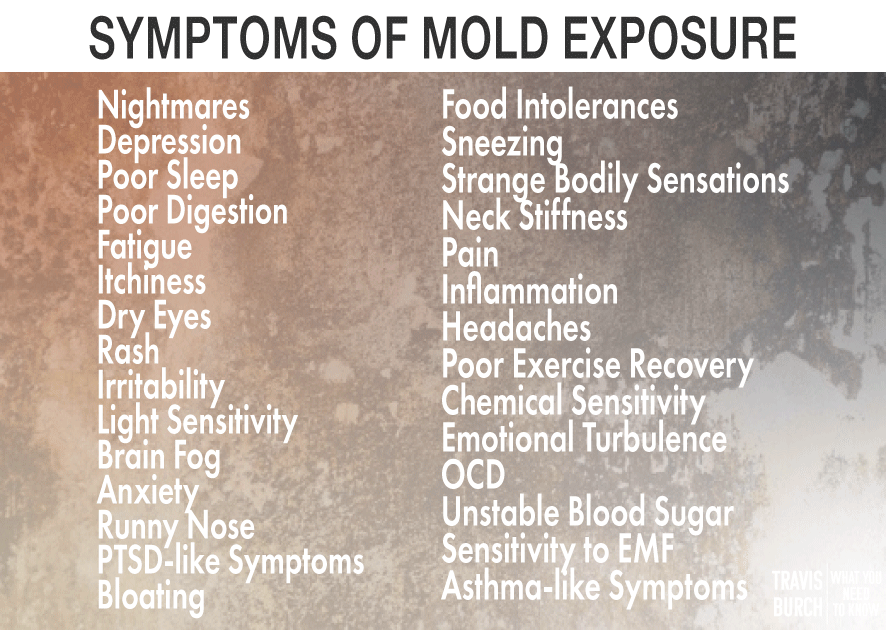
There has long been evidence throughout the animal kingdom that fungal species can live inside their animal hosts.
Many very common diseases around the world are caused by fungi inhabiting hosts.
Here’s a passage from an article about how fungi may deeply threaten the health of indoor pets:
Spores of these moulds spread aerially. If inhaled by those with a weak immune system, they can overcome the body’s defences and start growing inside the nasal passage, sinuses and lungs. The moulds may even spread to the brain and other organs through blood.
https://theconversation.com/brace-yourself-internet-cats-and-dogs-at-risk-from-new-fungus-15498
Consider the fact that antifungal drugs seem to help diseases like MS.
- Fungal elements are being discovered in brain tissue of Alzheimer’s disease patients.
- Antibiotics appear to improve cancer patients’ prognosis.
There a possibility that a fungal (or other pathogenic) component is linked to many of the “big” diseases of affluence and aging.
A large component of aging is a process of slowly losing the battle to pathogens, toxicity, and nutrient deficiency — rather than mere hardwired genetic programming.
Fungal infection of the sinuses can occur when fungal organisms are inhaled and deposited in the nasal passageways and paranasal sinuses, causing inflammation. The dark, moist environment of the sinuses is ideal for fungi, which can reproduce without light or food.
https://www.upmc.com/services/neurosurgery/brain/conditions/brain-tumors/invasive-fungal-sinusitis
As mold — and sick building syndrome as a whole — becomes a larger and larger epidemic, more and more people will suffer without fully knowing why.
Mold is a pathogen that can lead to high toxicity in the body. It can disrupt gut health and nutritional absorption, and interfere with the circadian rhythm.
Therefore, mold directly causes all four stressors of chronic illness.




EMF scrambles your body’s internal processes via pulsed electromagnetic signals.
A Complicated Subject
Similar to the way strobe lights can seriously harm some people in “flicker vertigo” (1Hz to 20Hz, the frequency range of brain waves), wireless pulses also influence the function of cells.
Wireless pulses are much more rapid than a strobe light, and pulse in the frequency range of cellular processes, causing potentially serious issues with cellular function over time.
In other words, we don’t consciously think 100,000x times per second, but our cellular processes are happening at that speed.
It is now well accepted that low-level EMF exposure, which does not induce thermal effect, could carry a biological response.
https://www.hindawi.com/journals/ijcb/2012/683897/
The body’s nervous system and cells communicate via extremely low-intensity electrical signals.
Rapid electromagnetic pulses have been repeatedly shown to impact the function of our cells and nervous system — in over 1000 studies from around the world (very few of them in the US).
Studies Demonstrate Biological Effects of EMF
EMFs can penetrate all the way into and through our tissues — thereby potentially affecting every cell in our body.

EMFs come in various types (wireless pulses, magnetic fields, and electric fields), but these all negatively impact the body by sneakily interrupting or interfering with the body’s processes.
The greatest harm from EMFs is to people who already have weakened health status.
Therefore, EMF can be a major source of the factors that cause disease. It’s important that people take at least modest steps to reduce EMF exposure.
It’s difficult to classify EMF in terms of the 4 stressors of illness.
However, it’s logical to suggest that EMF affects nutrient status, inflammation, the circadian rhythm, digestion, blood sugar, pathogenic load, and more. EMF uniquely bombards the body in myriad ways, contributing to chronic illness at each point.
As the 4G network grows and 5G networks go live around the world, it’s important to understand what these technologies are doing, how they behave, and what you can do about it.
To improve your health, it can be helpful to identify these stressors — and explore how they might be affecting you.
Which of these stressors is impeding your ability to restore your health?

I recovered my health when I stepped back from deep in the weeds and saw the whole field. I looked at my illness in terms of these root causes — and I addressed my health as a whole.
That’s when my health began to turn around.
What makes sense to you?
How to address pathogens:
How to address nutritional deficiencies:
How to address toxicity:
How to address circadian disruption:
Related Articles

Why ‘Nobody’ Believes the Mold Sufferer
If there were a battle hymn of the mold sufferer, it would be titled: “Why Does Nobody Believe Me?”

An Exercise for Dealing With Loved Ones We Disagree With
An 11-question inventory for furthering relationships.

What I Do (New: 7-15-2023)
Here’s what I’m currently doing to improve my health.

‘Sensitization’ = Environmental Illness?
An introduction to environmental sensitivities.

5 Elements of Healthy Buildings
Let’s run through five big elements of healthy buildings.

Nutrient Balancing for Insomnia
Certain nutrients are much more important for sleep than others.









